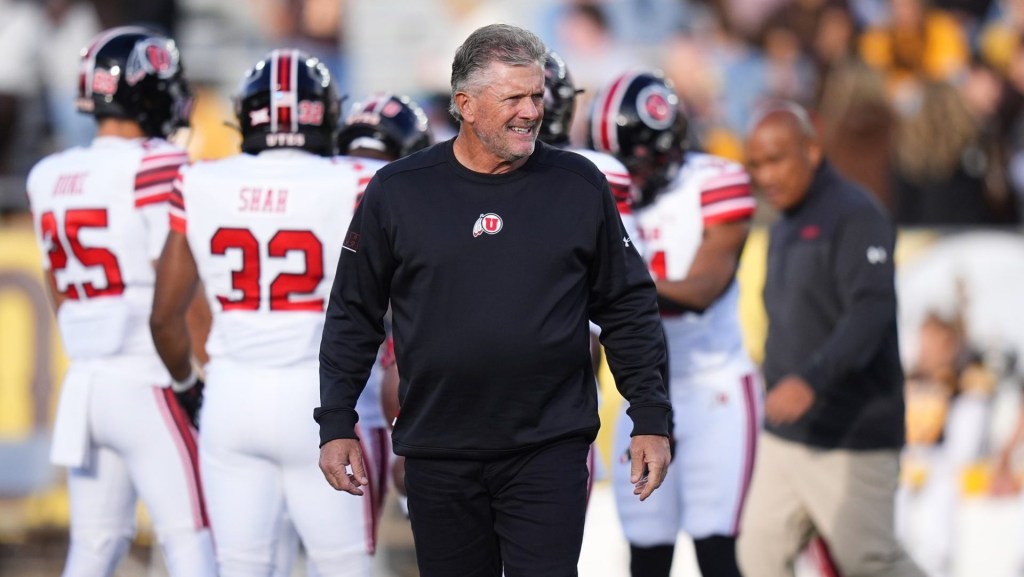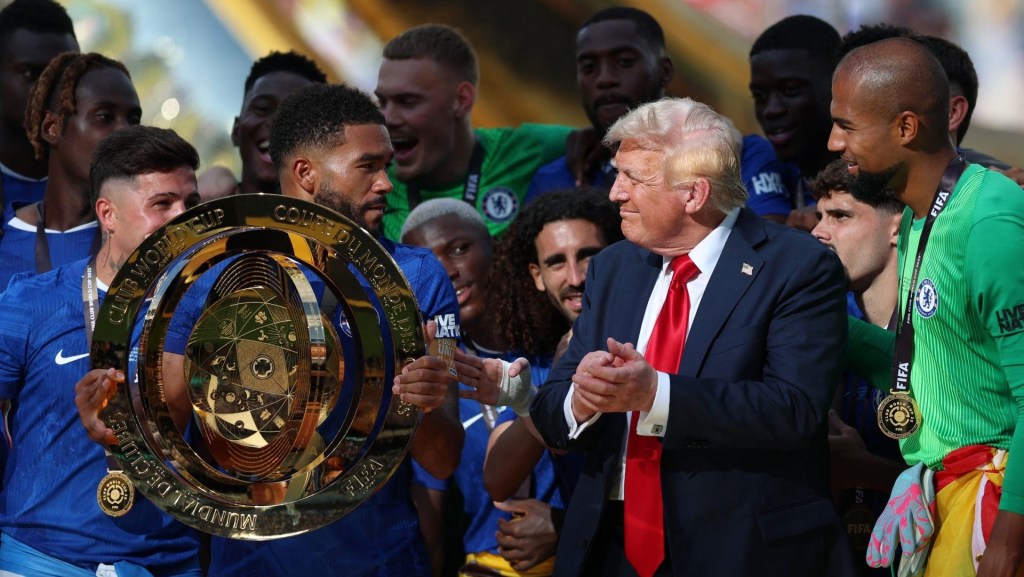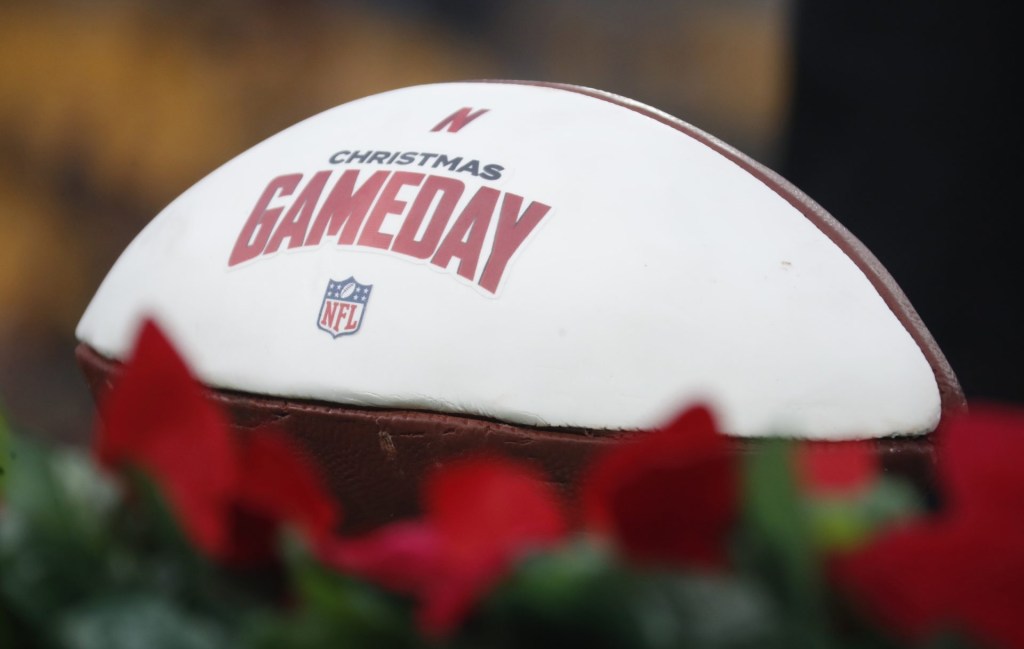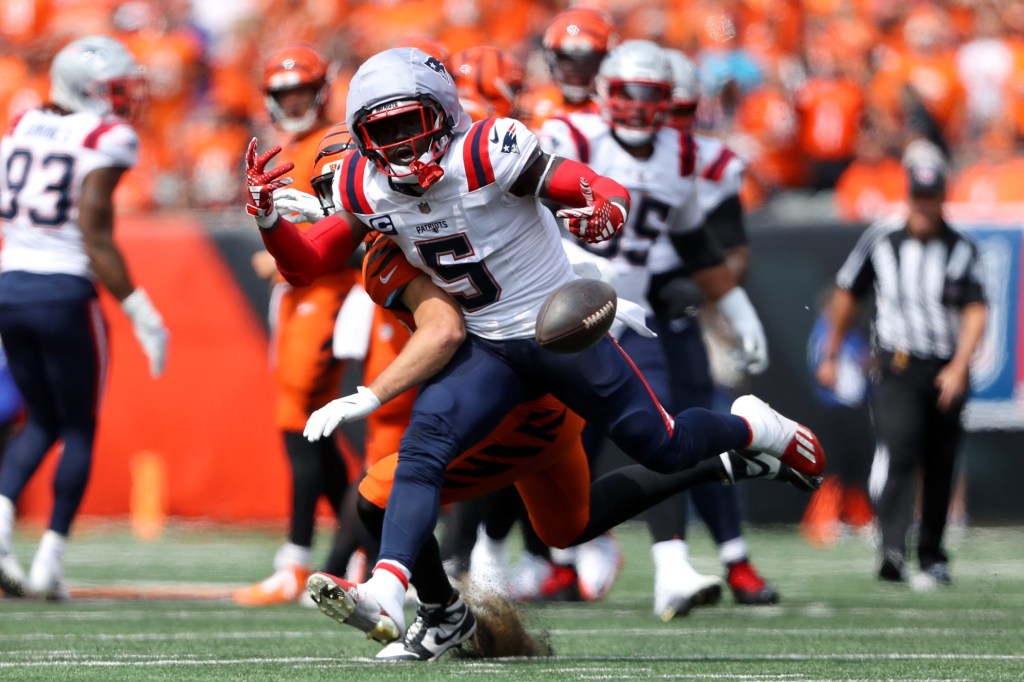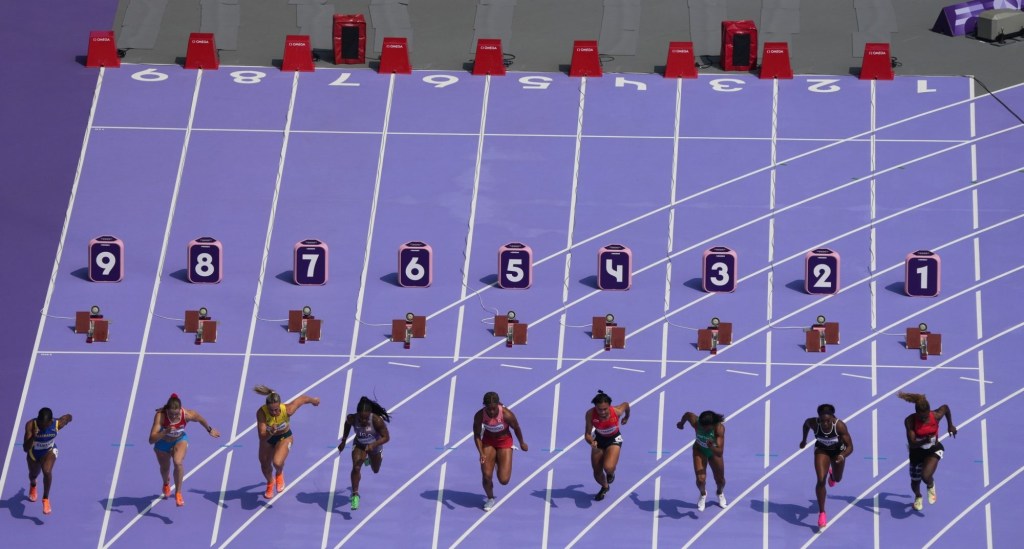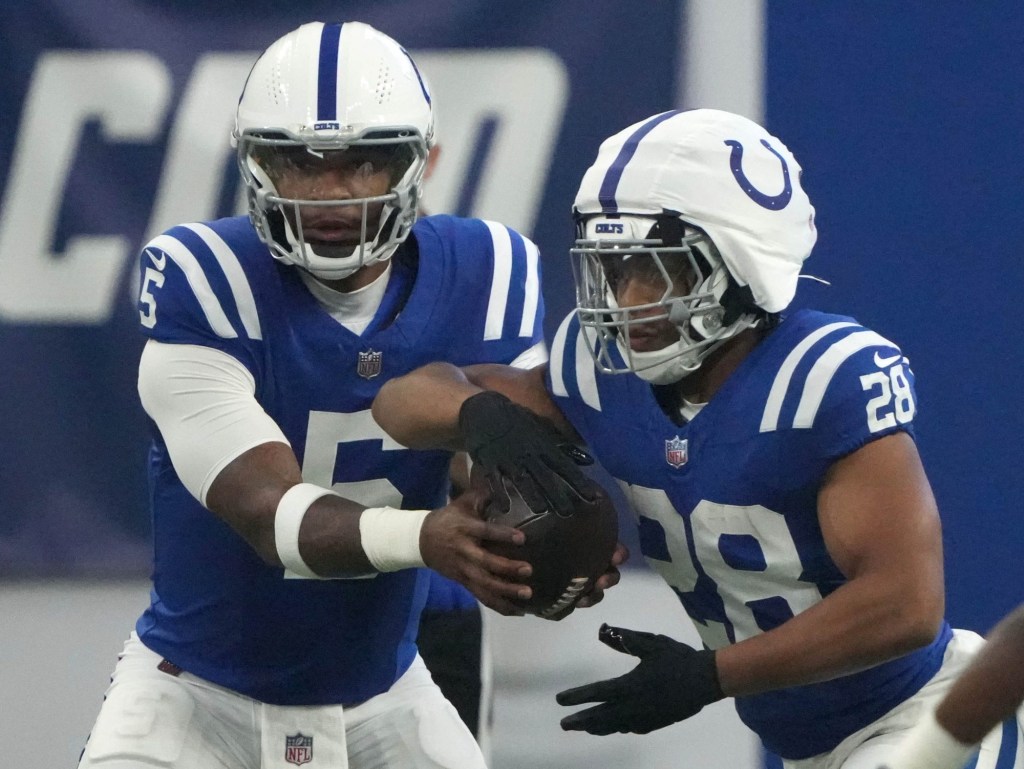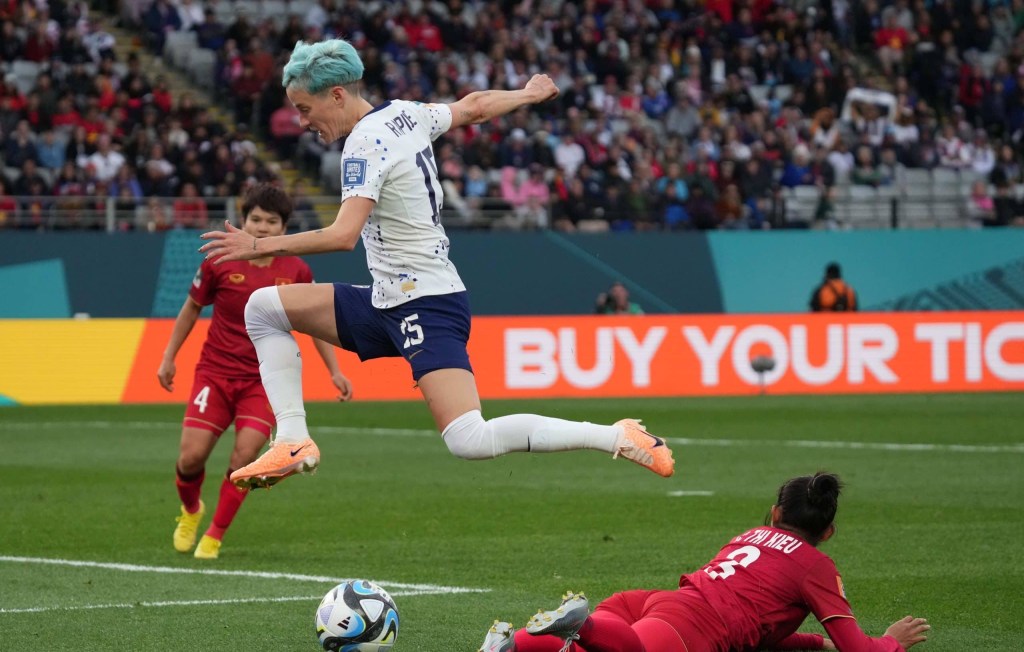
On a rainy July night in Richmond, Va., a line of fans pushed themselves up against a long metal fence separating them from a pack of visiting soccer players from La Liga, who were celebrating a victory against the hometown Kickers. Yelling in Spanish and English, they screamed the players’ names, attempting to catch their attention and get an autograph — or better yet, a selfie.
Along the length of the divide, fans — primarily kids — were shrieking about their favorite La Liga teams.
“Barcelona…”
“Real Madrid…”
Occasionally, “Atletico Madrid…”
Look back to last season’s La Liga standings; below Barcelona, below both Real Madrid and Atletico Madrid, below even Girona, and you’ll find RCD Espanyol de Barcelona in the 11th spot out of 20 total teams. Casual soccer fans likely haven’t heard of Espanyol. They won’t know that that the club is over a hundred years old and a founding member of La Liga. Few would even know that it is a four-time Copa del Rey champion and FC Barcelona’s rival in the Derbi Barceloní.
Clubs like Espanyol often fall through the cracks and are unknown by soccer fans outside of Spain, overshadowed by larger, historic counterparts Real Madrid and Barcelona.
La Liga wants to change that and is striving to do so through La Liga World Challenge, a soccer-focused initiative that falls under a government-funded program with the goal of spreading Spain’s brand and culture worldwide.
Through the program, smaller and less internationally known clubs, such as Espaynol, have the opportunity to travel outside of Spain to grow their brands and play international friendlies. La Liga works to help them understand their value, particularly in markets like the U.S., where soccer is exploding.
“We need to grow here and we need to grow fast,” said Nico García Hemme, a La Liga representative for international development, who oversees La Liga World Challenge and worked to bring Espanyol to the states.
“The one big problem that we have is that even if soccer is well known, it is not as big as the NBA, NFL, NHL or MLB. We have to compete against [those leagues] and against the Premier League, MLS, Liga MX, and others. I think there is a place for everybody, but for sure we need to improve our knowledge about the market in order to be able to get the funds, the kind of content and the kind of product that [American fans] really want to consume.”
***
García Hemme and his team worked closely with Antoni Alegre, Espanyol’s marketing director, to plan the club’s visit to Richmond and Cincinnati, Ohio. A first for the club, it was also many of the players’ first visit to the U.S., an opportunity that midfielder Óscar Melendo described as “a dream.” More importantly, however, it offered the club the chance to get in front of fans and build a relationship in a way that is nearly impossible to do from an ocean away.
“Our first market is Catalonia, but our second market is not Spain, because there are also strong brands in Spain. Our second market must be abroad, in the U.S., in China, in Indonesia, and so forth,” Alegre said.
The Barcelona-based team would have a hard time breaking into the Madrid market, for example, as the city now hosts five division one La Liga clubs, making any chance of Espanyol standing out nearly impossible.
“If you go to Madrid and you have to compete with a similar product in the same league with five teams there, it’s not good for us. We have to go abroad,” he said.
While Espanyol was training in Richmond, its fellow La Liga competitors, Real Madrid and Barcelona, were gearing up to make their own trip to the U.S. for the International Champions Cup (ICC) – a preseason tour in major American markets that has become a tradition for Europe’s biggest clubs.
[mc4wp_form id=”8260″]
This type of tour doesn’t work for smaller clubs, though. Understanding that, La Liga World Challenge has taken a different, more targeted approach for its smaller teams — one that focuses on developing a sustainable connection to a community.
Alegre and La Liga believe this means zoning in on smaller, niche international markets. Richmond and Cincinnati fall under this category and provide a better return on investment than New York or Los Angeles where the team would get lost in the crowd.
Ahead of any La Liga World Challenge trip, the league works closely with clubs’ marketing directors to select a location and plan the itinerary for their time abroad. In doing this, though, there can be a disconnect between the priorities of the team’s marketing director and its coach.
“Because of the evolution of the preseason stage, [coaches] prefer to be really close to home. They prefer to do short trips in Europe, and sometimes it’s difficult to convince them to travel all around the world or to Asia. America is quite difficult,” a La Liga spokesperson explained. “At the end, there are some clubs that understand that if they want to grow their brand, they have to go outside [of Spain].”
The preseason discussion was particularly relevant for Espanyol this year as it brought in a new coach, Joan Francesc Ferrer Sicillia, known as Rubi, in June. Given this move, the preseason was more important than ever as the players needed to adjust to his coaching style and tactical strategy.
Still, Rubi was onboard for the trip and convinced it would have performance benefits for the club.
“This is a new experience for us. We have to train in other conditions and with that mentality, This can be a can help to us to be a stronger team,” he said.
Roberto, a goalie for Espanyol, stressed the importance of the trip for training purposes but also understood that it represented more than that.
“We’re having fun, we’re enjoying the training and the trips, but we also know it’s important to be here to improve the brand of Spanish teams.”
***
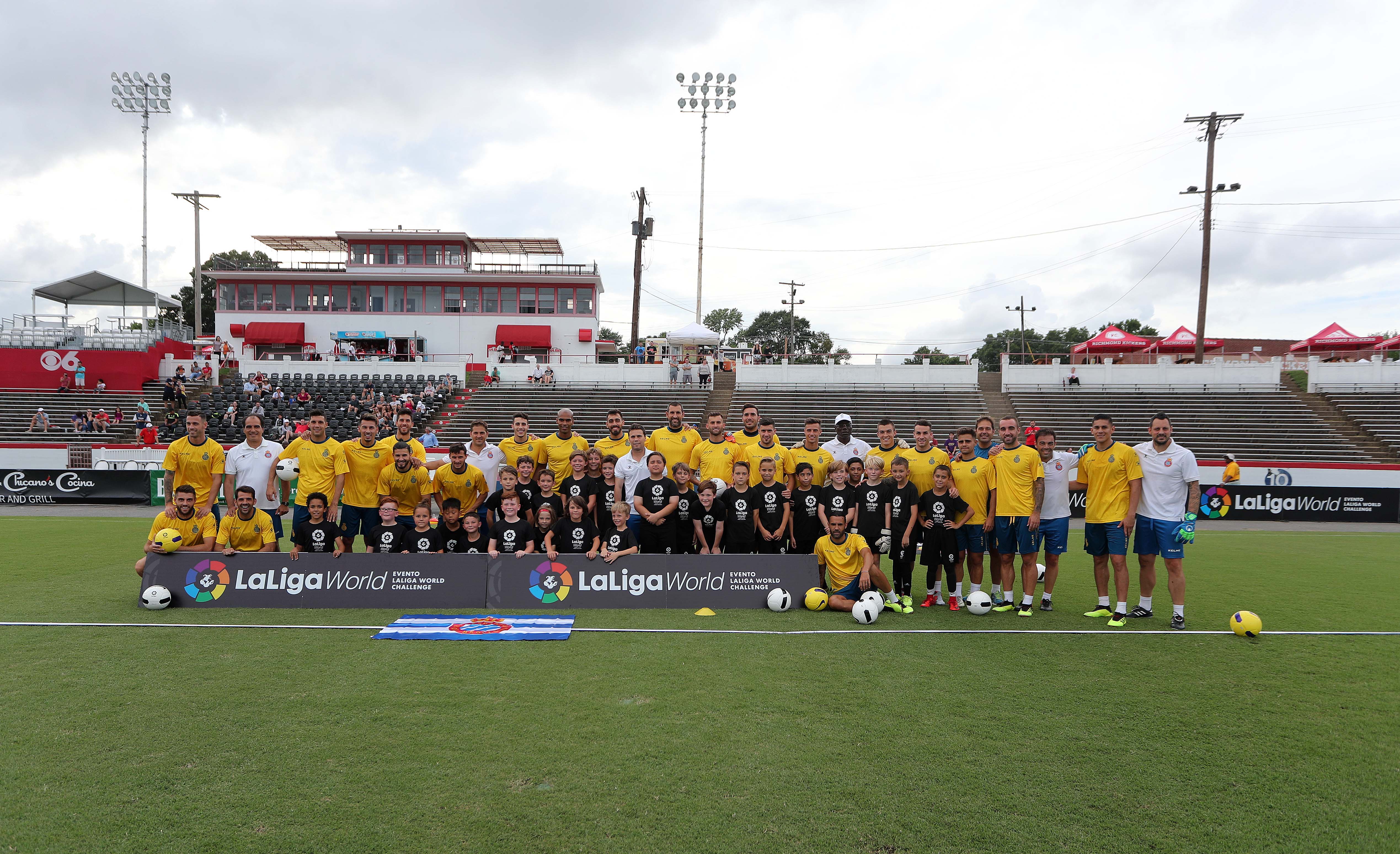
23/07/18 RCD ESPANYOL
FOTO CARLOS MIRA
The humid and often rainy conditions were less than ideal for the Spaniards who are used to training in dry heat and the Espanyol players were quick to point to weather as a key difference between Richmond and Barcelona.
After the first day of training in Virginia, Melendo expressed his excitement for the match versus the Kickers, the city’s USL team, later that week, but he shared hopes that it wouldn’t be as humid on match night. To his dismay, a Richmond local quickly filled him in on the reality of summers in the south.
While the players and coaching staff focused on training, Alegre and La Liga executives planned an itinerary in collaboration with the Kickers to connect the club to Richmond, the local soccer community, and the broader American sports market. Through programming, they aimed to integrate one of Espanyol’s main values — community — into the team’s time in Richmond.
“Our community and relating to them wherever they are is who we are, always. We’ve never been out of touch or distant from our fans. Never,” explained Rafa Ramos, Espanyol’s press officer.
In Spain, the club often opens its training sessions to children and mirrored that practice in a kids camp it hosted in Richmond along with the Kickers to help develop local youth soccer players.
While many of the kids may not have been familiar with Espanyol or its players before, through exposure, they started to build a personal connection with the club.
Later in the week, a group of players visited Richmond Raceway, the city’s local NASCAR track, where they were introduced to a new American sport. They were able to go for a ride on the track and try their hand at being a NASCAR driver in a simulator.
While it was clear that they should stick to soccer rather than racing, the site visit provided Espanyol another opportunity to connect with the American sports market and reach a fan base that generally doesn’t follow soccer.
Richmond has been a hot spot for international soccer over the past four years. Leigh Cowlishaw, the Kickers’ director of soccer duties, has seen Premier League clubs such as Crystal Palace, West Bromwich Albion, and Swansea City visit Richmond for friendlies. Those teams, however, took a different approach to connecting with the Richmond market and one that Cowlishaw believed to be less impactful.
“They only came in for a day, so the community has just seen them play a match. This is, for me, one of the highlights of bringing Espanyol in is because it’s more than a game. They’re coming obviously for the match or Wednesday, but they’re going to be making Richmond the base for preseason.”
In the small, quiet city of Richmond, it was hard to miss the full squad of visiting Spaniards. Players would linger in the hotel lobby after dinner sipping espresso or go to the mall during rare moments of free time to visit popular stores like the Apple Store and Victoria’s Secret. Everywhere they went, players were dressed in their training gear so that even if their language and athletic appearance didn’t give away their identity, their outfits would.
This was intentional.
“There is very little in my suitcase,” revealed Melendo. “One set of clothes to go out in and the rest is for soccer.”
His teammates clearly listened to the same preseason packing advice, which promoted awareness of the club’s presence through branded clothing.
The open, public approach to the U.S. trip was a clear contrast to how major La Liga clubs like Madrid and Barcelona approached the ICC tour. Of course, the higher profile of their clubs and rosters makes the same kind of community access impossible. Given that, in many ways smaller clubs, like Espanyol are at an advantage on tour because they have the opportunity to build more personal and authentic relationships with fans, instead of being kept at a distance.
Another added benefit for fans is that smaller clubs tend to travel and play with their full squads, as opposed to the large clubs who often leave star players home during preseason friendlies. Taking advantage of these differentiating points is not enough, there needs to be a long-term plan in place.
“You cannot come only once. You must come and then come again. You must do something where you have communication every year,” said Alegre. “From our perspective, we don’t know what actions we are going to do in our next visit, but if you open the door, you cannot come here and forget the contact for 15 years. Then it makes no sense to come here.”
With this international strategy, Espanyol hopes to add to the small contingent of fans in Penyas (fan clubs) that are spread across the country.
“Penyas are a consequence of doing a good job. [They are] not the beginning, [they are] the second or third step,” Alegre said. “The beginning is being here with the brand, like today, trying to start academies, like we’ve been doing for the last year, and the next step is to keep the permanent communication plan with the country and then the followers will come and you will have true followers and fan clubs.”
Building this following means getting fans to buy into the club’s slogan, “la fuerza de un sentimiento,” meaning “the strength of a feeling.” An essential component of the club, it is a testament to the strong community that it has cultivated back in Spain.
“If you feel something for the team, you can feel it until you die,” said Alegre, detailing how fans can choose to be buried in RCDE Stadium and families often come early to matches to pay their respects and celebrate soccer with their lost loved ones.
While few U.S. fans will likely ever spread their ashes in RCDE Stadium, the passion for the club is one that Alegre sees as a core component of Espanyol’s strategy. He has the feeling that it is attainable in the U.S. given the proper marketing strategy.
This is just one unique element of Espanyol’s culture, and one of many that can be found throughout clubs in Spain. As La Liga World Challenge continues, more of these traditions and stories will come to light.
***
La Liga is not alone in being known solely for its top teams; both Serie A and Bundesliga have been dominated by league giants Juventus and Bayern Munich, respectively, for the past several years. One advantage, García Hemme stresses, is that La Liga has two major teams at the top, rather than just one. Still, the league wants to move away from its two-team reputation — and La Liga World Challenge’s financial, logistical, and marketing support is starting to make that possible.
[mc4wp_form id=”8260″]
The model it executed this summer with Espanyol can be used in the future as more teams venture stateside. And while it certainly won’t be a quick process, slowly, the program has the potential to change public perception.
“[The kids] were talking about Espanyol as if it was the world champion,” reflected Garcia Hemme. “I’m sure that we have at least 30 kids in Richmond that will be following Espanyol in the coming years.”
He may be right.
As players retreated to the team bus following an impromptu photo and autograph session, a young boy responded to a question about which team he planned to watch during the upcoming La Liga season.
“Real Madrid — and now, Espanyol.”


